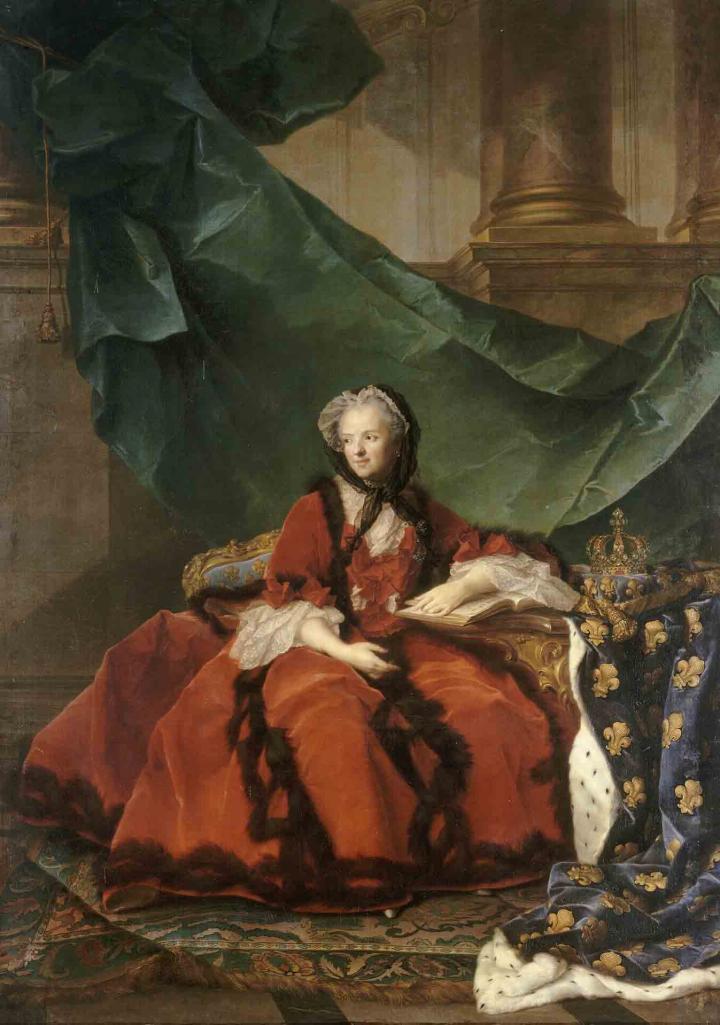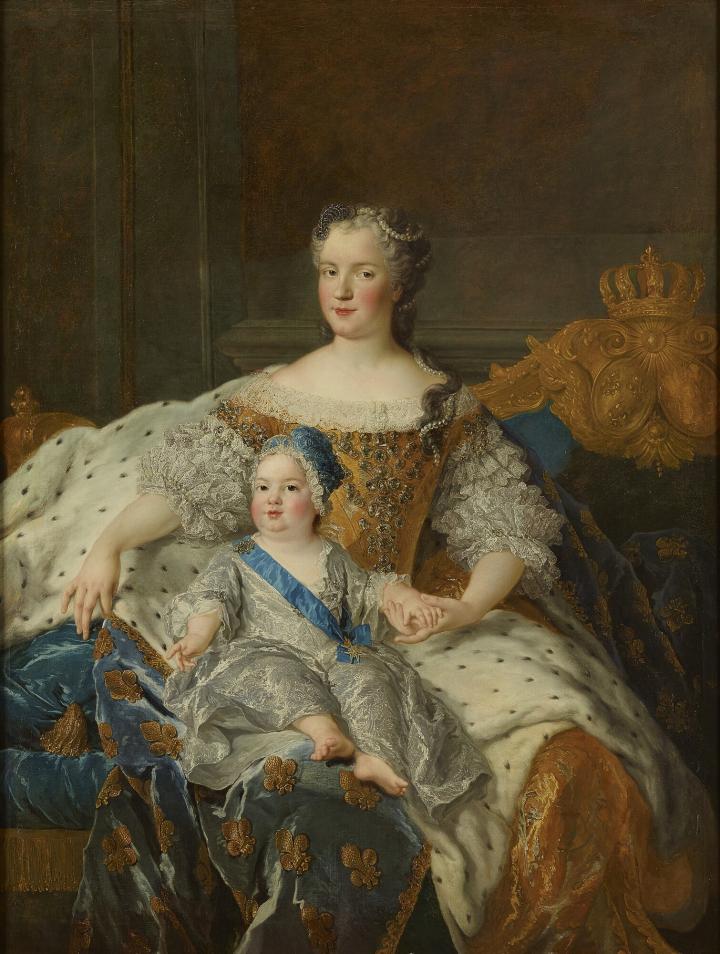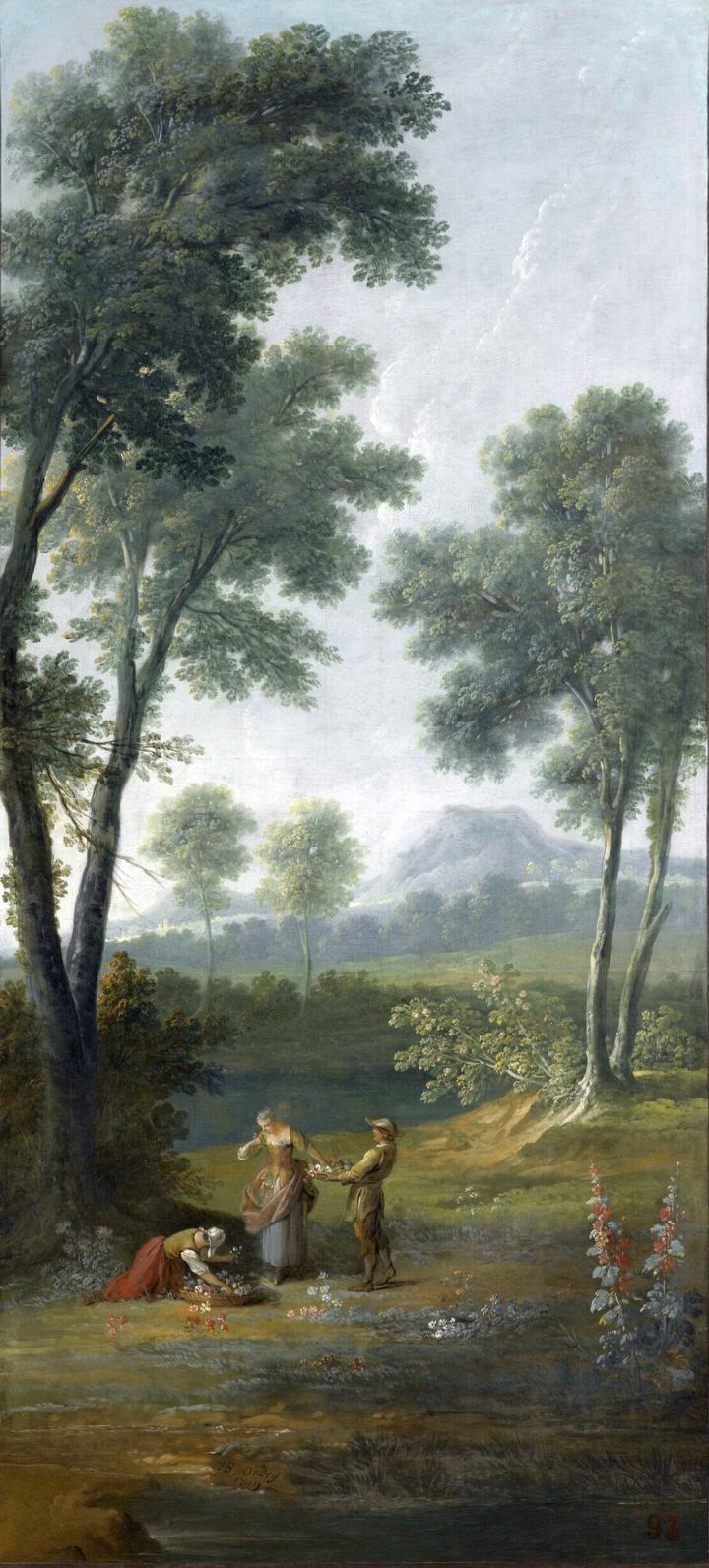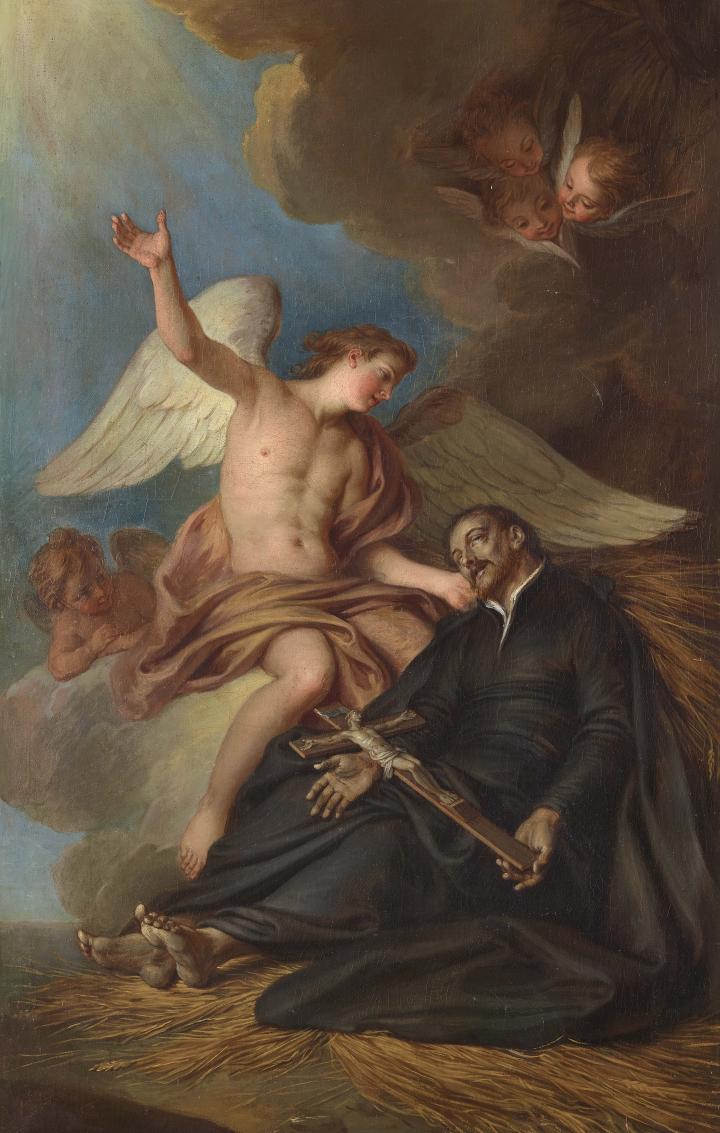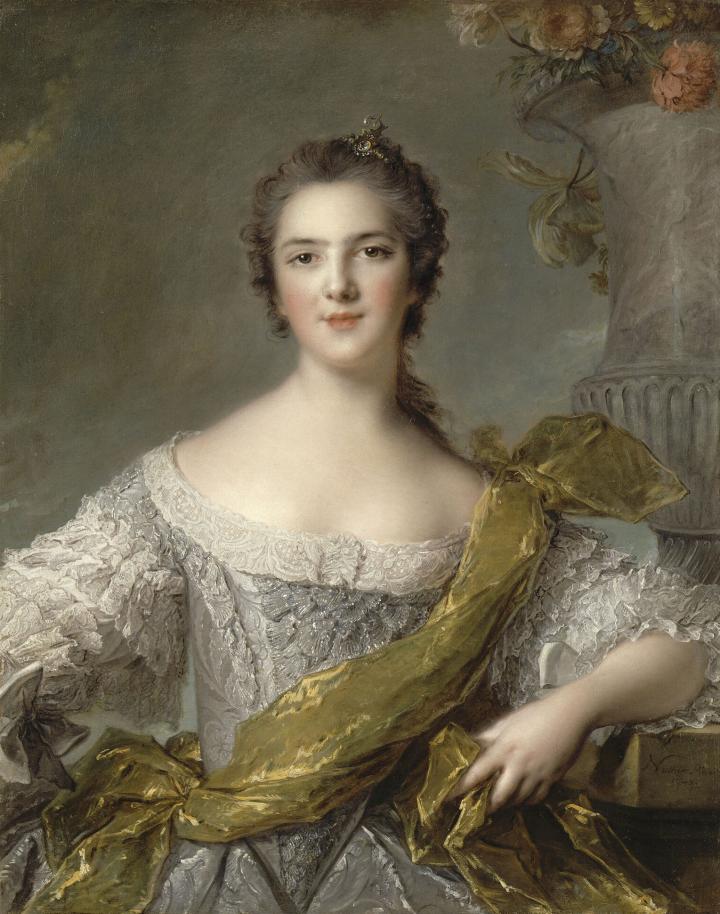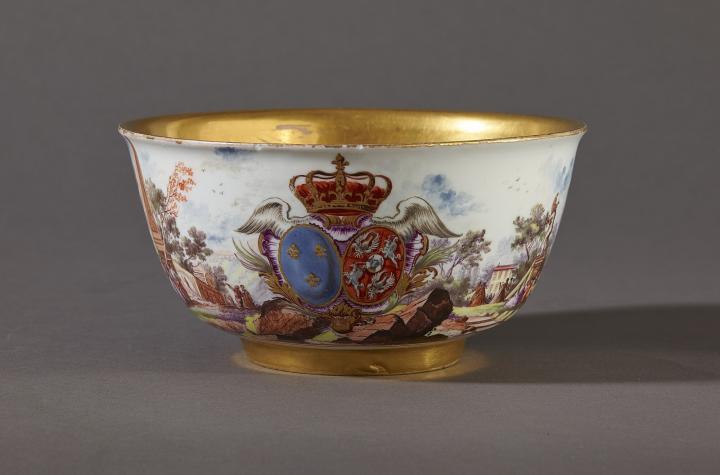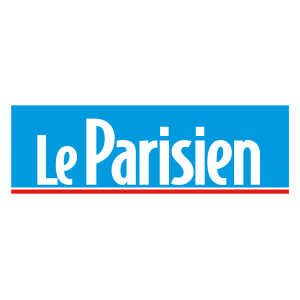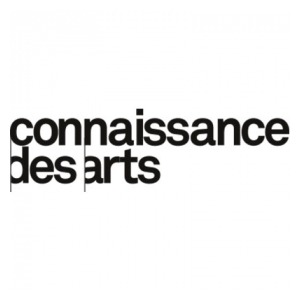During the 42 years she spent at Versailles, Marie Leszczyńska had a profound impact on both the layout of the Palace and artistic life at the time. Her influence has inspired this dedicated exhibition, now open to the public.
From 16 April 2019 The taste of Marie Leszczynska
From 16 April, “A taste of Marie Leszczyńska” will be presented in the Dauphine’s Apartments, which have been reopened for the occasion. Although few traces of her 42 years at the Palace remain – most were wiped out as a result of the changes wrought by Marie-Antoinette – the wife of King Louis XV nevertheless made her mark through the art she commissioned and the private chambers she created.
The exhibition gathers together around 50 paintings and other works of art, most of which are from the Palace collections and include several recent acquisitions of great significance for the Musée National des Châteaux de Versailles et de Trianon. The aim is to illustrate how her personal taste evolved throughout the course of her reign and thus get to know her better.
In pursuit of privacy
Throughout her reign, Marie Leszczyńska abided by the ceremonial rules required in the Queen’s State Apartment, endeavouring always to lead an exemplary life free of any scandal. As for the layout of the Palace, from 1725 she set about redesigning her chamber in the style of the time: wood panelling carved by Vassé was installed over the fireplace, which was replaced with one in Sarrancolin marble. The décor between the windows was created by the master sculptors Verbeckt, Dugoulon and Le Goupil. The overdoor panels, which are still in place today, were commissioned by the Queen in 1734 from Jean-François de Troy – whose La Gloire des princes s’empare des Enfants de France features the Dauphin and his two eldest sisters – and Charles-Joseph Natoire, who painted La Jeunesse et la Vertu présentent les deux princesses à la France.
In 1735, Gilbert de Sève’s ceiling painting of Apollon au milieu des Heures was replaced by a geometric design adorned with intertwined figures of the royal couple. At the same time, on the order of Louis XV, the managers of the King’s buildings asked François Boucher to decorate the arches with four grisaille paintings representing the Virtues: Prudence, Piety, Charity, Generosity. But Marie Leszczyńska had to wait another 13 years, until 1764, before the tarnished gilt was restored under the supervision of François Vernet.
The Queen liked to live a simple life, even if only for a few hours a day, so she had private chambers installed directly behind her parade apartment, and it was to these she withdrew for a number of hours each day to pray, meditate, read and spend time with those closest to her.
Painting, master of arts
Marie Leszczyńska spoke several languages and was highly cultured, with a great interest in the creative occupations, literature, music and art – especially painting. Indeed, one of the rooms in her private apartment was laid out as a studio. Her “colourist”, Etienne Jeaurat, guided her paintbrush for 15 years, and she was advised by Jean-Baptiste Oudry. Among other works attributed to the Queen is a faithful rendition of a painting by the latter, called Une Ferme (A Farm).
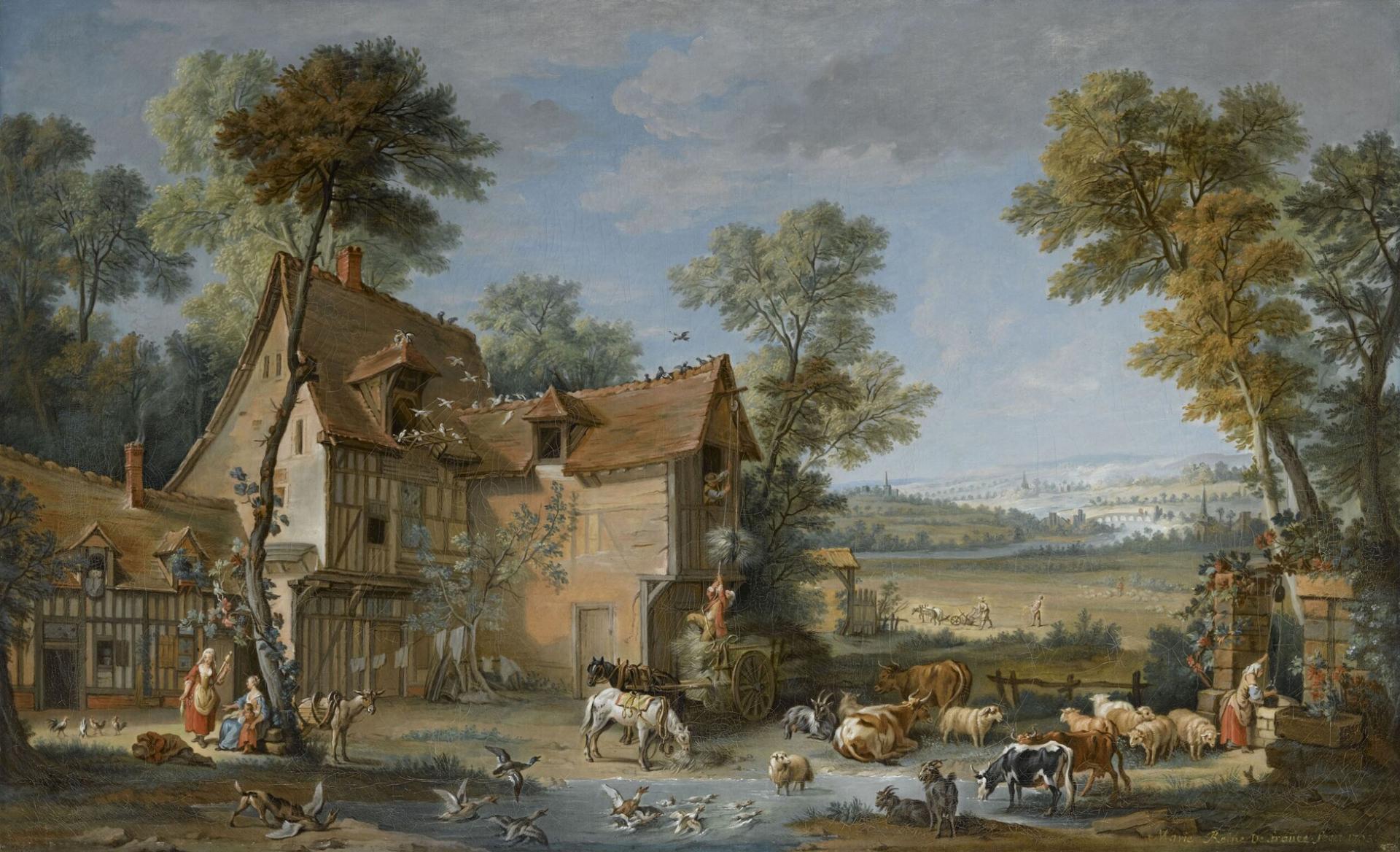
Une Ferme, Marie Leszczynska after the work by jean-Baptiste Oudry
© RMN-GP (Château de Versailles) / © Gérard Blot
One of her favourite painters was without a doubt Jean-Marc Nattier, whose portrait of her wearing “town clothing” was completed in 1748. But the one she regarded most highly was Charles-Antoine Coypel, who produced no fewer than 34 religious paintings for the Queen’s private chambers. She also liked to contemplate lightweight subjects, chinoiserie, pastoral scenes and landscapes.
A touch of the exotic
Marie Leszczyńska had a particular affinity for China. In 1747, she created an oriental chamber in her “laboratory”, in the heart of her private apartment. In 1761, she decided to replace it with a collection of canvases known as the Chinese Chamber. The paintings were produced by five painters of the King’s State Apartments – Coqueret, Frédou, de la Roche, Prévost and Jeaurat – as well as Marie Leszczyńska herself. They portray a picturesque image of China, inspired by the tales of travellers to the land of Cathay. The tea ceremony, evangelisation of the Chinese by the Jesuits and a fair in Nankin are among the events depicted. Chinese architecture, dress and landscapes are portrayed in minute detail, while the bird’s-eye perspective is taken directly from Chinese painting.

The Nankin city fair
© Château de Versailles, Dist. RMN / © Christophe Fouin
During the last 15 years of her reign, a new artistic trend emerged in France, which, from the 18th century, was referred to as à la grecque (“in the Greek style”). The trend marked the onset of the neoclassical movement and rejected the outmoded Rococo style in favour of a deliberate return to the simplicity of classical antiquity and a more decorative repertoire of subjects drawn from Greek art. The Queen participated in this movement in her own way.
For example, in 1753, she commissioned an overdoor panel for her chamber, depicting the arrival of Saint Francis Xavier in China, from Joseph Marie Vien (1716-1809), who would go on to become the leading exponent of this style in terms of painting. Later, in 1766, she appointed Richard Mique (1728-1794) to carry out a project that was particularly close to her heart: the construction at Versailles of a convent for the canonesses of Saint Augustine, who provided education for young girls (it is now the Hoche school). It was decided to lay the convent chapel out in the form of a Greek cross within a square, accessed by an entrance portal comprising an arcade of Ionic columns capped by a pediment. The chapel was completed after the Queen’s death thanks to the determined efforts of her daughter, Madame Adelaide.
From the early 1760s, the new style was also adopted by the Royal Sèvres porcelain manufacture for its service pieces, as well as vases and sculpted ornaments. Étienne- Maurice Falconet (1716-1791), head of the sculpture studio from 1757 to 1766, produced many bisque figures and vases with a neoclassical look and feel.
Through her architectural alterations, her style and, above all, the way in which she conducted herself as queen, Marie Leszczyńska led a quiet revolution.
Exhibition curators
Gwenola Firmin, chief curator at the Musée National des Châteaux de Versailles et de Trianon
Marie-Laure de Rochebrune, chief curator at the Musée National des Châteaux de Versailles et de Trianon
Assistées de Vincent Bastien, doctor of art history
Audioguide
Discover the audio tour of the exhibition "The taste of Marie Leszczynska" on the Palace of Versailles' free app.
Partnership
This exhibition is made in media partnership with :



